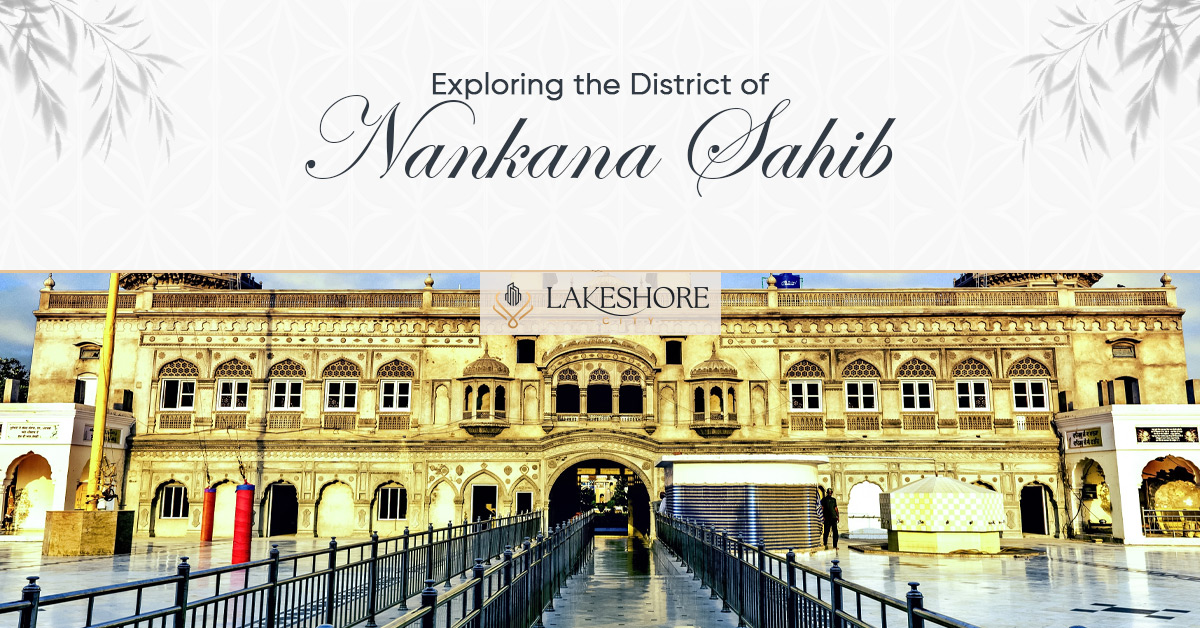The vivid tapestry of customs and tales that unites history, culture, and spirituality at Nankana Sahib is regarded as the center of Sikhism. Nankana Sahib, a Pakistani district, is particularly dear to Sikhs throughout. Guru Nanak Dev Ji, the founder of Sikhism, was born on this hallowed soil.
Come with us on a journey around the district of Nankana Sahib as we examine its cultural significance, rich history, and resilient people.
History of Nankana Sahib
In the Punjab province of Pakistan, Nankana Sahib is a city that serves as the district’s capital. It bears the name of the Sikhism’s founder, Guru Nanak. He began his lectures from the area where he was born. These days, Sikhs from all over the world regard it as a sacred site.
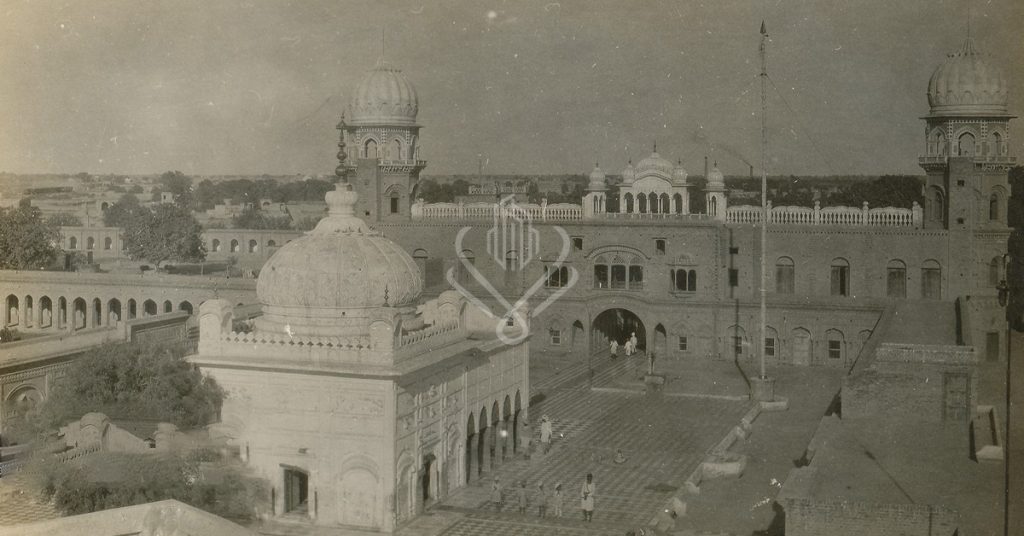
It is located around 75 kilometers east of the city of Faisalabad and 80 kilometers west of Lahore. It was founded initially by Rai Bhoi and was known as Rai-Bhoi-Di-Talwandi. After Guru Nanak was born, it was renamed “Nankana Sahib.” Constructed in 1600 CE, the Nankana Sahib Gurdwara underwent modifications in 1819–1820.
The famous Nankana massacre occurred on February 20, 1921, during the Akali tehreek, when Narain Das, the Udasimahant of the Gurdwara of Nankana Sahib, gave the order to fire on protesters. This tragedy sparked unrest that persisted until the Sikh community had the historically significant gurdwara of Janam Asthan rebuilt. The 1930s and 1940s saw increased Sikh construction of buildings and architectural elements.
Geography

Geographically, the Nankana Sahib District is surrounded by a number of neighboring areas. Its borders are shared with District Sheikhupura to the east, and District Faisalabad to the west.
District Statistics
| Tehsils | 03 |
| Total Area | 2,960 km2 (1,140 sq mi) |
| Major Occupations | Agriculture & Farming |
Population
| Population (Estimated) | 1,356,374 |
Electoral Constituencies
| National | 02 ( NA-117, NA-118) |
| Provincial | 04 ( PP-131, PP-132, PP-133, PP-134) |
Natural Resources
| Natural Resources | Crops | Vegetables | Fruits |
| Water, Soil, Sunlight | Wheat, Rice, Sugarcane | Carrot, Cauliflower, Cucumber, Peas | Guava, Lemon, Strawberry |
The district is bounded to the south by the meandering River Ravi and the existence of District Kasur; to the northwest, it is delineated by the River Chenab’s flowing waters and the District Mandi Bahauddin.
District Okara completes the circle by standing to the southwest of it. These geographic differences define the district’s location and its relationships with neighboring regions.
Exploring Tourist Attractions in Nankana Sahib
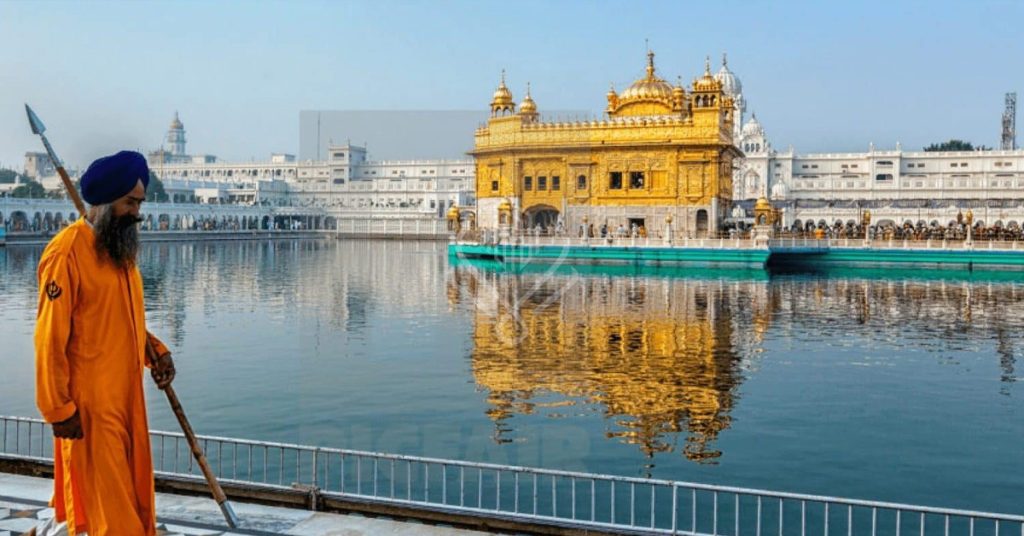
Rich in religious and historical significance, Nankana Sahib is a city with a wide range of attractions to suit a variety of tastes and interests. Here, we explore three well-known tourist destinations that have a distinct charm and attract people worldwide.
Gurdwara Nankana Sahib: A Sacred Sanctuary

As the sacred birthplace of Sikhism’s founder, Guru Nanak, Gurdwara Janam Asthan, also called Gurdwara Nankana Sahib, remains. Nankana Sahib, located in Pakistan’s Punjab province near Lahore, is blessed with this hallowed sanctuary.
Gurdwara Nankana Sahib, one of the city’s nine significant gurdwaras, is an essential place of pilgrimage for Sikh devotees. Travelers from all over the world make this pilgrimage to honor the birthplace of their spiritual leader.
The Archaeology Department of the Government of Punjab has designated the Gurdwara as a Protected Heritage Monument in recognition of its historical and cultural significance. Here, guests can connect with the foundations of the faith by fully immersing themselves in the rich tapestry of Sikh tradition.
Rana Resort: A Tranquil Oasis
Situated around 30 kilometers from Nankana Sahib city, Rana Resort, also called Rana Hunting and Luxury Resort, is a charming picnic spot. Established in 2007, it became a tour destination for families and educational institutions due to its tranquil beauty.
The resort is a verdant wildlife haven, surrounded by a 200-acre stretch of bamboo forests and 14 acres of colorful flower-filled meadows. This immaculate setting is a sanctuary for pleasure and rest.

Rana Resort is especially popular with families since it provides a safe and peaceful environment for relaxing, enjoying delectable food, and engaging in a variety of fun activities. In addition to taking in the beauty of the surroundings, guests can engage with ostriches, deer, and peacocks in the on-site zoo.
Hunting chances provide excitement for adventure seekers, while in designated play areas, sports enthusiasts can enjoy football, hockey, cricket, badminton, and tennis.
Resort of Nankana Lake
This resort is situated just two miles away from the Nankana Sahib. Situated at the intersection of Bular’s Estate and the historic Rajput trail, this resort offers a distinctive fusion of history and contemporary conveniences.
It adheres to the early model established by Bular in 1457 AD. The resort upholds the custom of greeting visitors from all around the world.
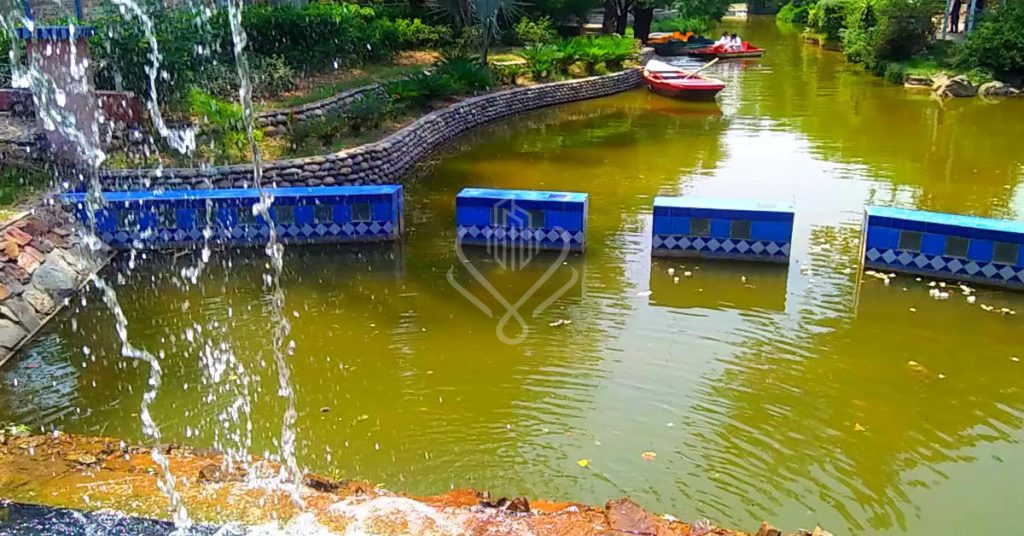
This resort invites visitors to retreat from the bustle of the city and find comfort in its tranquil surroundings. For those looking for a break from the bustle of the town, the resort offers a variety of recreational and leisure options that combine to make for an unforgettable stay.
These attractions in Nankana Sahib provide guests with exceptional and unforgettable experiences while symbolizing the city’s rich spirituality, history, and scenic beauty. Whether you’re a nature lover, pilgrim, or traveler seeking peace, Nankana Sahib has something unique to offer.
Flora
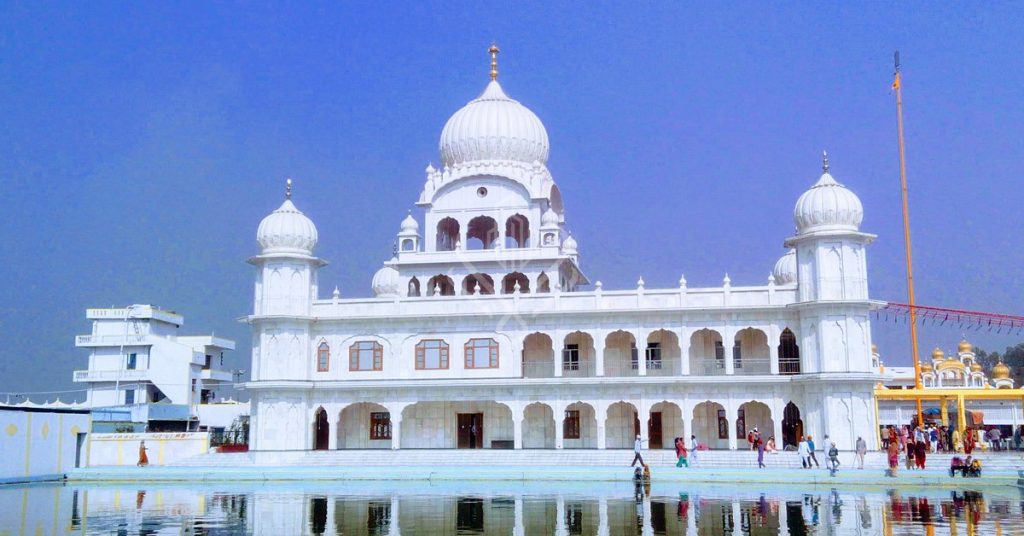
The district is home to a wide variety of plants. This area is home to a variety of trees, including guava, citrus, shareen, keekar, Sheesham, and bari. Some farmers have started growing well-liked trees like sumbal and eucalyptus to create miniature forests.
Tall grasses, reeds, and many kinds of spices flourish because of the marshy areas along the River Ravi, often known locally as “Baila.”
Fauna
The district’s wildlife is equally varied, with several species frequently seen around the area. It’s common to encounter creatures like wild boars, foxes, jackals, and rabbits. Particularly problematic are wild boars, which have a reputation for destroying and harming a wide range of crops, including vegetables, rice, and potatoes in riverine regions.

In low-lying locations, ducks, comprising several bird species, congregate near water holes in the winter. Along the banks of the River Ravi, fishing is a popular pastime. Several water reservoirs are used as fish farms, where various species, including mohri, raho, and thalia, are bred.
Numerous wild birds, including pigeons, quails, doves, crows, parrots, and nightingales, can be seen in the neighborhood. Particularly in the winter, the area attracts a variety of duck species and migrating birds, which results in a lively and varied chance for birding in the village water reservoirs and along the banks of the River Ravi.
FAQs
Here are some frequently asked questions concerning Nankana Sahib:
Q1.Nankana Sahib is situated where?
Ans. The Pakistani province of Punjab is home to Nankana Sahib. It is located around 80 kilometers (50 miles) west of Lahore and is extremely sacred because it is the birthplace of Sikhism’s founder, Guru Nanak.
Q2.What role does Nankana Sahib play in history?
Ans. The first Guru of the Sikh religion, Guru Nanak, is said to have been born at Nankana Sahib. One of the holiest sanctuaries in Sikhism, the Gurdwara Nankana Sahib, is located there.
Q3.Can non-Sikhs enter Nankana Sahib Gurdwara?
Ans. Yes, tourists who want to pay their respects and learn about Sikh history and culture are welcome to Gurdwara Nankana Sahib. It is accessible to individuals of all religions. It is recommended that guests respect the gurdwara’s regulations, including the dress code.
Q4.Which times of year are ideal for visiting Nankana Sahib?
Ans. When the weather is better for outdoor activities, mid- to late-April and late-September to late-October are the best seasons to visit Nankana Sahib.
Q5.What further attractions are there in Nankana Sahib?
Ans. In addition to Gurdwara Nankana Sahib, tourists can visit locations like Nankana Lake Resort, renowned for its tranquil surroundings and leisure amenities, and Rana Resort, a well-liked picnic destination with verdant grass.
Q6.Is Nankana Sahib well located in Pakistan’s largest cities?
Ans. Indeed, Nankana Sahib is easily reachable by road from all over the nation, with connections to major towns such as Lahore and Faisalabad.
Q7.What kinds of fauna may one find around Nankana Sahib?
Ans. Numerous animals can be found in the district, such as foxes, wild cats, wild rabbits, jackals, and boars. In addition, birdwatchers can see a variety of bird species and ducks, particularly in the winter.
Q8.Are there any particular lodging options available for tourists in Nankana Sahib?
Ans. Yes, Nankana Sahib and the neighboring environs provide a variety of lodging options for a range of budgets. These consist of resorts, hotels, and guesthouses.
Q9.Is it safe for tourists to visit Nankana Sahib?
Ans. Tourists can feel safe visiting Nankana Sahib most of the time. As with any trip place, you should exercise common sense caution by protecting your things and abiding by local laws.
Our Featured Article:
Read More: A Tourist Guide to Arang Kel
Read More: Cultural Heritage: Bridging Divides Through Shared History
Don’t miss the chance to invest with Lakeshore! Secure your investment today by investing your financial investment with Lakeshore in the following available options like Lakeshore City, Lakeshore Club, and Lakeshore Farms.
For More updates, please Contact +92 335 7775253 or visit our website https://lakeshorecity.com/
Lakeshore City is the upcoming elite lifestyle at Khanpur Dam. Offering no parallel amenities for the members and owners of distinguished farmhouses.
Become Part of Luxurious Lifestyle
Contact: 0335 7775253


